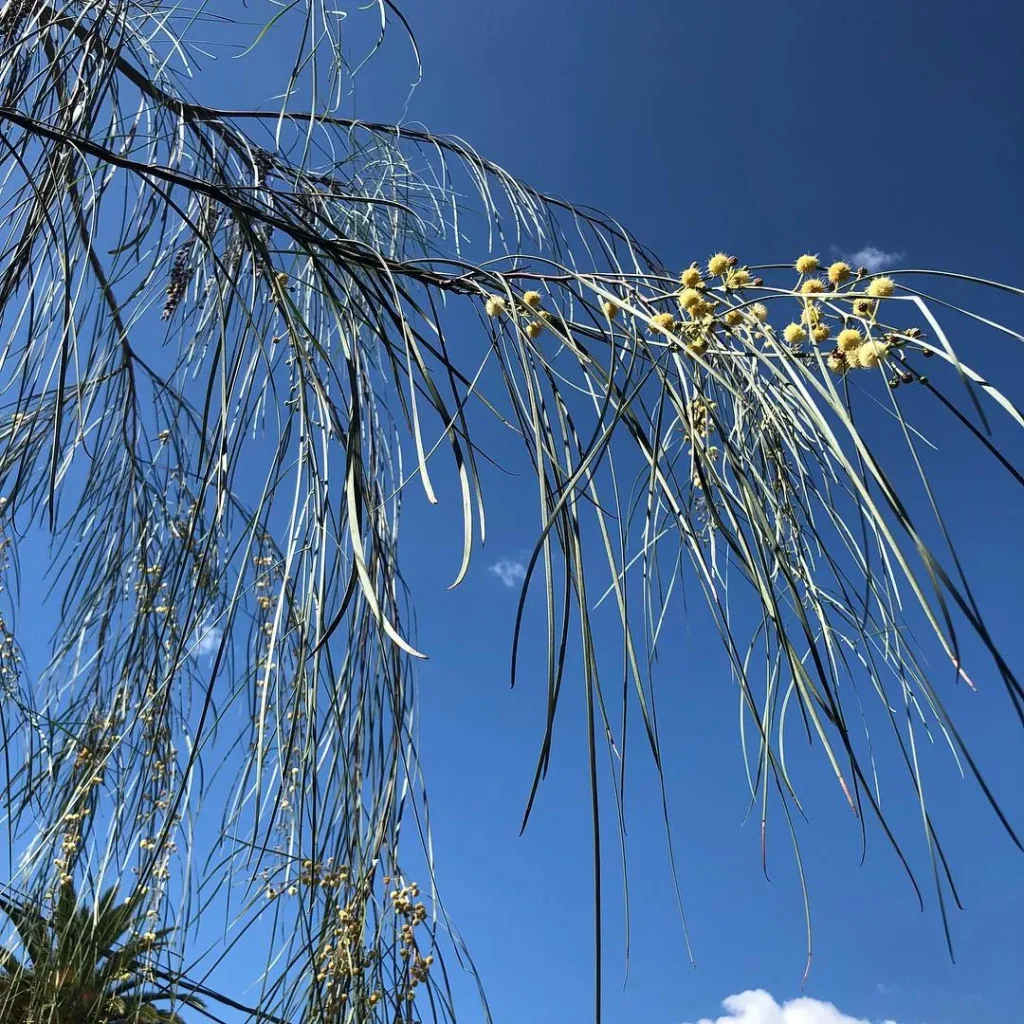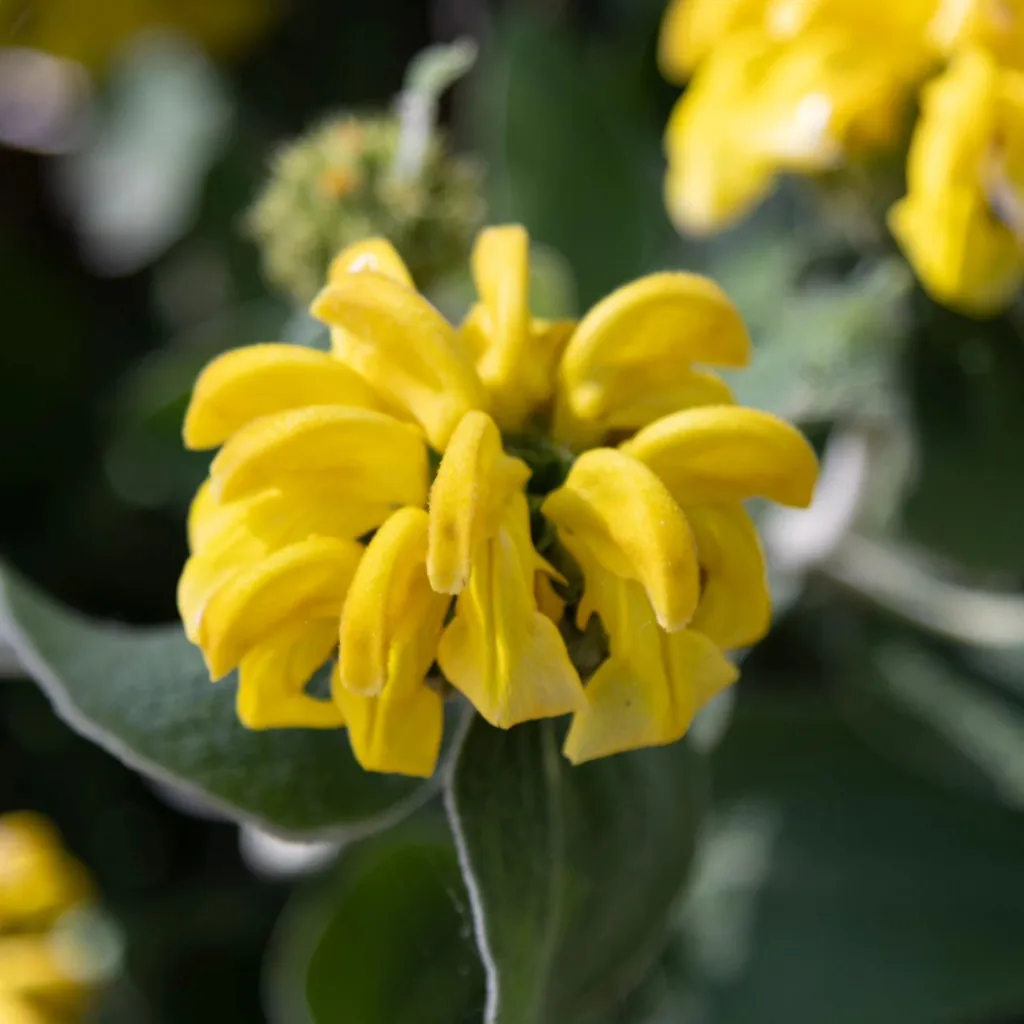Asparagaceae: A Plant Family Close to My Heart
I, Ferb Vu, am an avid plant enthusiast with a deep fascination for the botanical world. Among the countless plant families that pique my interest, one stands out with its captivating beauty and versatility – the Asparagaceae family. This family, with its sprawling diversity and fascinating adaptations, has captivated me for years. Let me share with you my journey into the world of Asparagaceae, its unique characteristics, and the remarkable genera that comprise this family.
A Family of Diversity and Resilience
Asparagaceae, once a smaller family within the Liliaceae, has undergone significant taxonomic revisions. Today, it boasts a vast array of plants, ranging from towering trees to delicate wildflowers. This family’s diversity is evident in its morphology, ecological adaptations, and global distribution. Asparagaceae plants are found in various habitats, from arid deserts to lush rainforests, showcasing their resilience and adaptability. They have evolved fascinating strategies to thrive in diverse conditions, from succulent leaves for water storage to underground bulbs for surviving harsh winters.
Unique Characteristics of Asparagaceae
Several distinct features characterize Asparagaceae plants, setting them apart from other families. They typically have parallel-veined leaves, often arranged alternately or spirally on the stem. Their flowers are usually small and inconspicuous, with six tepals (petal-like structures) arranged in two whorls. The fruit is typically a berry or a capsule containing seeds. Many Asparagaceae plants possess phytocorm, a specialized underground storage organ that enables them to survive periods of dormancy.
Genera of Asparagaceae
The Asparagaceae family encompasses a wide range of genera, each with its unique charm and ecological significance.
- Agave: This genus comprises succulent plants native to the Americas, known for their rosette of thick, fleshy leaves and tall flowering stalks. Agave plants have various uses, from producing tequila and mezcal to providing fibers for rope and textiles. – 304 Species in Genus Agave
- Asparagus: This genus includes the familiar edible asparagus, known for its tender shoots. Asparagus is a popular vegetable worldwide, prized for its delicate flavor and nutritional value. – 210 Species in Genus Asparagus
- Yucca: This genus consists of evergreen shrubs and trees native to the Americas, with sword-shaped leaves and clusters of white or cream-colored flowers. Yuccas are adapted to arid environments and are often used in landscaping and xeriscaping. – 54 Species in Genus Yucca
- Acanthocarpus Lehm.
- Albuca L. – 166 Species in Genus Albuca
- Alrawia (Wendelbo) Perss. & Wendelbo
- Androstephium Torr.
- Anemarrhena Bunge
- Anthericum L.
- Aphyllanthes L.
- Arthropodium R.Br.
- Aspidistra Ker Gawl.
- Autonoe (Webb & Berthel.) Speta
- Barnardia Lindl.
- Beaucarnea Lem. – 13 Species in Genus Beaucarnea
- Behnia Didr.
- Bellevalia Lapeyr.
- Beschorneria Kunth – 8 Species in Genus Beschorneria
- Bessera Schult.f.
- Bloomeria Kellogg
- Bowiea Harv. ex T.Moore & Mast.
- Brimeura Salisb.
- Brodiaea Sm. – 18 Species in Genus Brodiaea
- Camassia Lindl. – 6 Species in Genus Camassia
- Chamaexeros Benth.
- Chlorogalum (Lindl.) Kunth
- Chlorophytum Ker Gawl. – 200 Species in Genus Chlorophytum
- Clara Kunth
- Comospermum Rauschert
- Convallaria L. – 3 Species in Genus Convallaria
- Cordyline Comm. ex R.Br.
- Danae Medik. – Danae Racemosa in Genus Danae
- Dandya H.E.Moore
- Dasylirion Zucc. – 23 Species in Genus Dasylirion
- Daubenya Lindl.
- Diamena Ravenna
- Dichelostemma Kunth
- Dichopogon Kunth
- Diora Ravenna
- Dipcadi Medik.
- Dipterostemon Rydb.
- Disporopsis Hance
- Diuranthera Hemsl.
- Dracaena Vand. ex L.
- Drimia Jacq. ex Willd.
- Drimiopsis Lindl. & Paxton
- Echeandia Ortega
- Eremocrinum M.E.Jones
- Eriospermum Jacq. ex Willd.
- Eucomis L’Hér. – 14 Species in Genus Eucomis
- Eustrephus R.Br.
- Fessia Speta
- Furcraea Vent.
- Hagenbachia Nees & Mart.
- Hastingsia S.Watson
- Hemiphylacus S.Watson
- Herreria Ruiz & Pav.
- Herreriopsis H.Perrier
- Hesperaloe Engelm. – 8 Species in Genus Hesperaloe
- Hesperocallis A.Gray
- Hesperoyucca (Engelm.) Trel.
- Heteropolygonatum M.N.Tamura & Ogisu
- Hooveria D.W.Taylor & D.J.Keil
- Hosta Tratt. – 31 Species in Genus Hosta
- Hyacinthella Schur
- Hyacinthoides Heist. ex Fabr. – 13 Species in Genus Hyacinthoides
- Hyacinthus Tourn. ex L. – Plant FAQs: 3 Species in Genus Hyacinthus – Hyacinth
- Jaimehintonia B.L.Turner
- Lachenalia J.Jacq. ex Murray – 142 Species in Genus Lachenalia
- Laxmannia R.Br.
- Ledebouria Roth – 64 Species in Genus Ledebouria
- Leucocrinum Nutt. ex A.Gray
- Liriope Lour. – 8 Species in Genus Liriope
- Lomandra Labill. – 64 Species in Genus Lomandra
- Maianthemum F.H.Wigg.
- Massonia Thunb. ex Houtt.
- Merwilla Speta
- Milla Cav. – 10 Species in Genus Milla
- Muilla S.Watson ex Benth.
- Muscari Mill. – 83 Species in Genus Muscari
- Muscarimia Kostel. ex Losinsk.
- Namophila U.Müll.-Doblies & D.Müll.-Doblies
- Nolina Michx. – 35 Species in Genus Nolina
- Occultia Stedje & Rulkens
- Ophiopogon Ker Gawl. – 85 Species in Genus Ophiopogon
- Ornithogalum L. – 219 Species in Genus Ornithogalum
- Oziroe Raf.
- Paradisea Mazzuc.
- Peliosanthes Andrews
- Petronymphe H.E.Moore
- Polygonatum Mill. – 86 Species in Genus Polygonatum – Solomon’s Seal
- Prospero Salisb.
- Pseudogaltonia (Kuntze) Engl.
- Pseudolachenalia G.D.Duncan
- Pseudoprospero Speta
- Puschkinia Adams – 8 Species in Genus Puschkinia
- Reineckea Kunth
- Resnova van der Merwe
- Rohdea Roth
- Romnalda P.F.Stevens
- Ruscus L. – 8 Species in Genus Ruscus
- Schizocarphus van der Merwe
- Schoenolirion Durand
- Scilla L. – 87 Species in Genus Scilla
- Semele Kunth
- Sowerbaea Sm.
- Speirantha Baker
- Spetaea Wetschnig & Pfosser
- Theropogon Maxim.
- Thysanotus R.Br.
- Trichopetalum Lindl.
- Trihesperus Herb.
- Triteleia Douglas ex Lindl. – 17 Species in Genus Triteleia
- Triteleiopsis Hoover
- Tupistra Ker Gawl.
- Veltheimia Gled.
- Xerolirion A.S.George
- Xochiquetzallia J.Gut.
- Zagrosia Speta
My Fascination with Asparagaceae
My interest in Asparagaceae stems from their beauty, versatility, and ecological significance. I am particularly drawn to their adaptability and resilience, evident in their ability to thrive in diverse habitats. The diverse forms and functions of Asparagaceae plants, from providing food and fiber to enhancing the beauty of our landscapes, inspire me.
Conclusion
The Asparagaceae family is a treasure trove of botanical wonders, with its vast array of genera and species. From the towering agaves to the delicate hyacinths, each member of this family contributes to the richness and diversity of our planet. As I continue my journey into the world of plants, I am confident that Asparagaceae will remain a source of fascination and inspiration for years to come.
If i die, water my plants!



